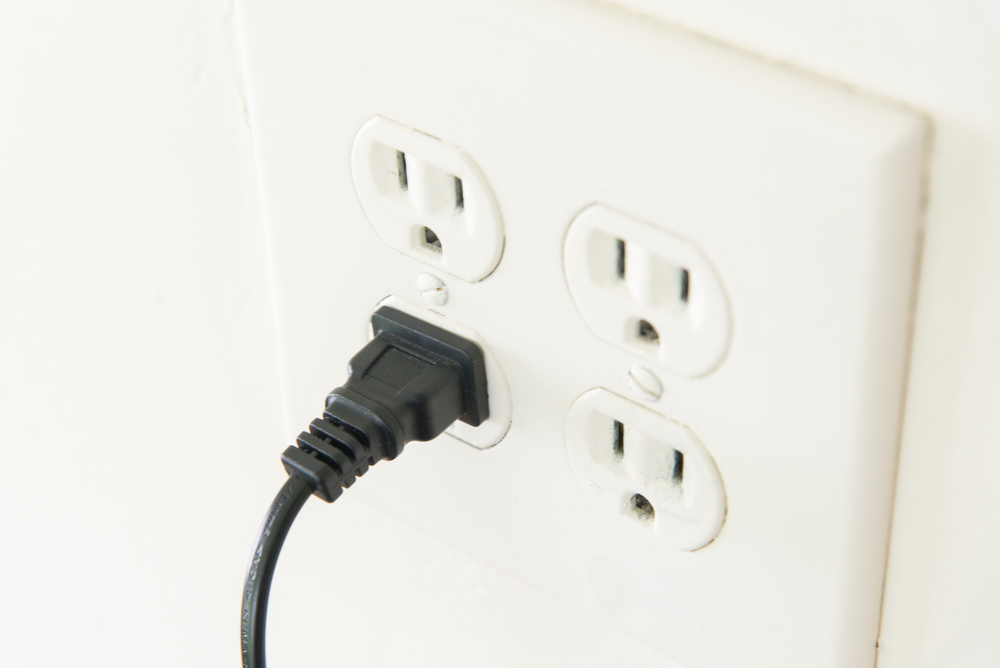
Hey there, fellow DIY enthusiasts! As someone who’s constantly tinkering around the house, I’ve definitely had my fair share of head-scratching moments when it comes to electrical work. One of the most common questions I see popping up is the difference between 15-amp and 20-amp outlets. They might seem similar at first glance, but understanding their unique roles is crucial for keeping your home safe and your gadgets powered up. So, let’s shed some light on these electrical workhorses and clear up any confusion!
Understanding the Basics: Outlets, Receptacles, and Amps
Before we dive into the specifics of 15-amp vs. 20-amp outlets, it’s important to get our terminology straight. We often use the term “outlet” loosely, but technically, the part we plug our devices into is called a receptacle. Think of it this way:
- Outlet: The actual point in your electrical wiring where power is made available. It’s the location in your wall where electricity is accessible.
- Receptacle: The physical device installed at the outlet, featuring those familiar slots where you insert a plug.
Now, let’s talk about amps, short for amperes. Amps measure the flow of electrical current, which is essentially the movement of electrons. You can imagine it like water flowing through a hose:
- Higher Amps: Like a fully open faucet, this means a stronger flow of electricity, capable of powering more demanding devices.
- Lower Amps: Similar to a partially open faucet, this signifies a gentler flow, suitable for devices with lower power requirements.

15-Amp vs. 20-Amp Receptacles: Spotting the Difference
The easiest way to distinguish between a 15-amp and 20-amp receptacle is by taking a close look at their designs:
- 15-Amp Receptacle: This is the standard “face” you’re probably most familiar with – two vertical slots and a rounded hole below.
- 20-Amp Receptacle: This receptacle resembles a “winking face.” It has the two vertical slots, but one of them features an additional horizontal slot, forming a “T” shape.
This design difference isn’t just for aesthetics; it’s a crucial safety feature. The unique shape of the 20-amp receptacle prevents you from accidentally plugging a high-powered device into a circuit that can’t handle it.

When to Use a 15-Amp Receptacle
Most everyday appliances and devices are designed to run perfectly fine on a 15-amp circuit and receptacle. Think about the items you plug in regularly:
- Lamps
- Televisions
- Computers
- Coffee Makers
- Toasters
These devices typically draw less than 15 amps and will work seamlessly with a standard 15-amp receptacle.
Important Note: If you’re dealing with a 15-amp circuit, you must use a 15-amp receptacle. The wiring in a 15-amp circuit isn’t designed to handle the higher current that a 20-amp receptacle could allow, creating a potential fire hazard.

When to Use a 20-Amp Receptacle
You’ll typically find 20-amp receptacles in situations where you need a bit more power. Some common examples include:
- Kitchens: Many kitchen circuits are rated for 20 amps to accommodate appliances like microwaves and garbage disposals.
- Bathrooms: Hairdryers, curling irons, and other bathroom appliances can draw a significant amount of power.
- Workshops: Power tools and equipment often require a 20-amp circuit to operate safely and effectively.
- Dedicated Appliances: Appliances like refrigerators, washers, and dryers often have their own dedicated 20-amp circuits.
Remember: While it’s generally fine to use a 15-amp receptacle on a 20-amp circuit (especially for multiple-receptacle setups), you should never install a 20-amp receptacle on a 15-amp circuit.

A Word on Safety
Electrical work is not for the faint of heart! While understanding the difference between 15-amp and 20-amp outlets is a great start, always prioritize safety:
- Turn Off the Power: Before working on any electrical components, always disconnect the power at the breaker box.
- Double-Check Your Work: Once you’ve finished an installation, carefully inspect your connections to ensure they’re secure and properly wired.
- Consult a Professional: If you’re ever unsure about any aspect of electrical work, don’t hesitate to call a qualified electrician. It’s always better to err on the side of caution when it comes to electricity.
Additional Resources for Electrical DIYers
Here are some fantastic resources that can provide even more in-depth information and guidance on electrical projects:
- The Spruce: Electrical Wiring Basics for the Home
- This Old House: Electrical Basics
- The Family Handyman: Electrical System
Remember, knowledge is power – literally! By understanding the ins and outs of your home’s electrical system, you can tackle projects with confidence and keep your home running smoothly. Happy DIYing!








